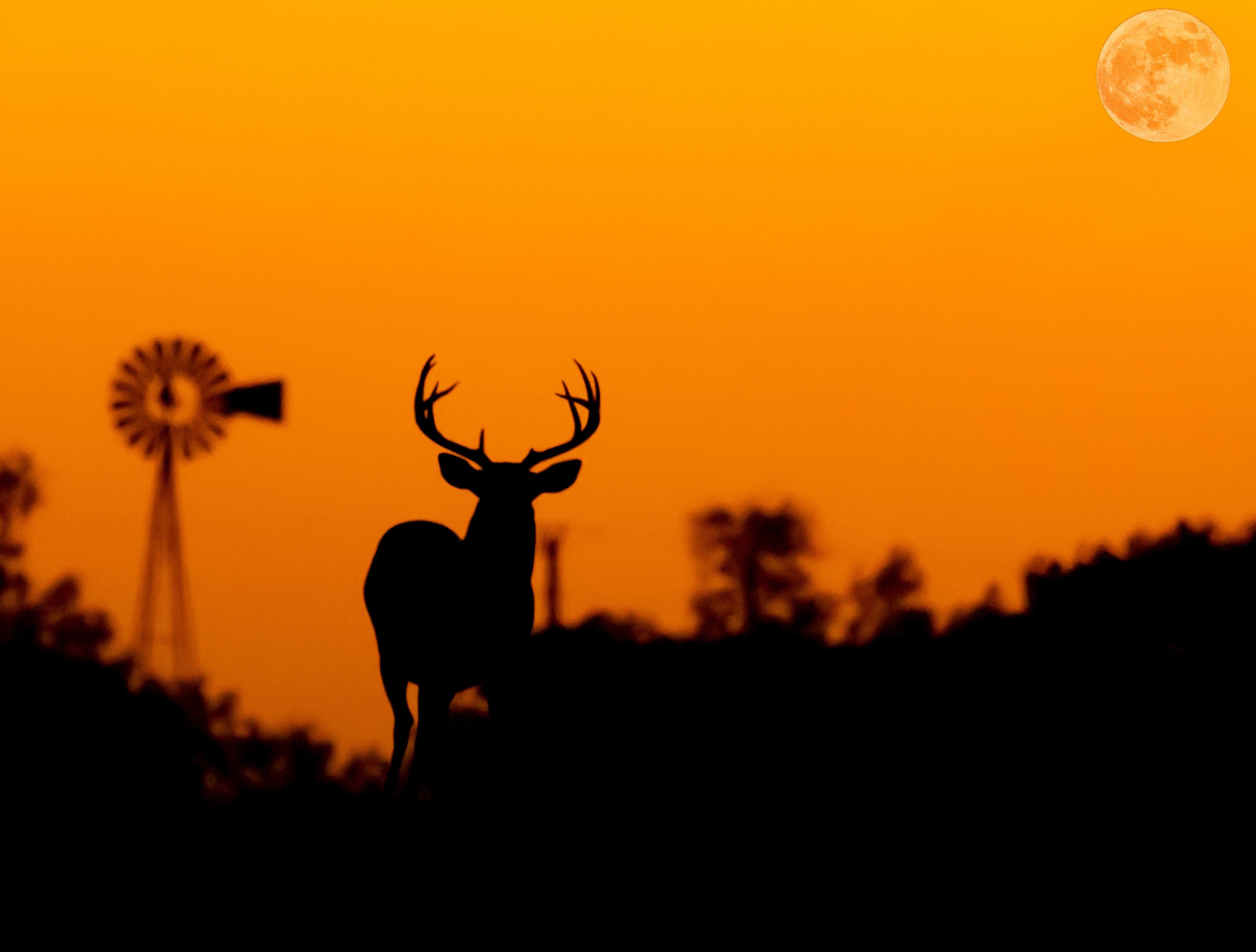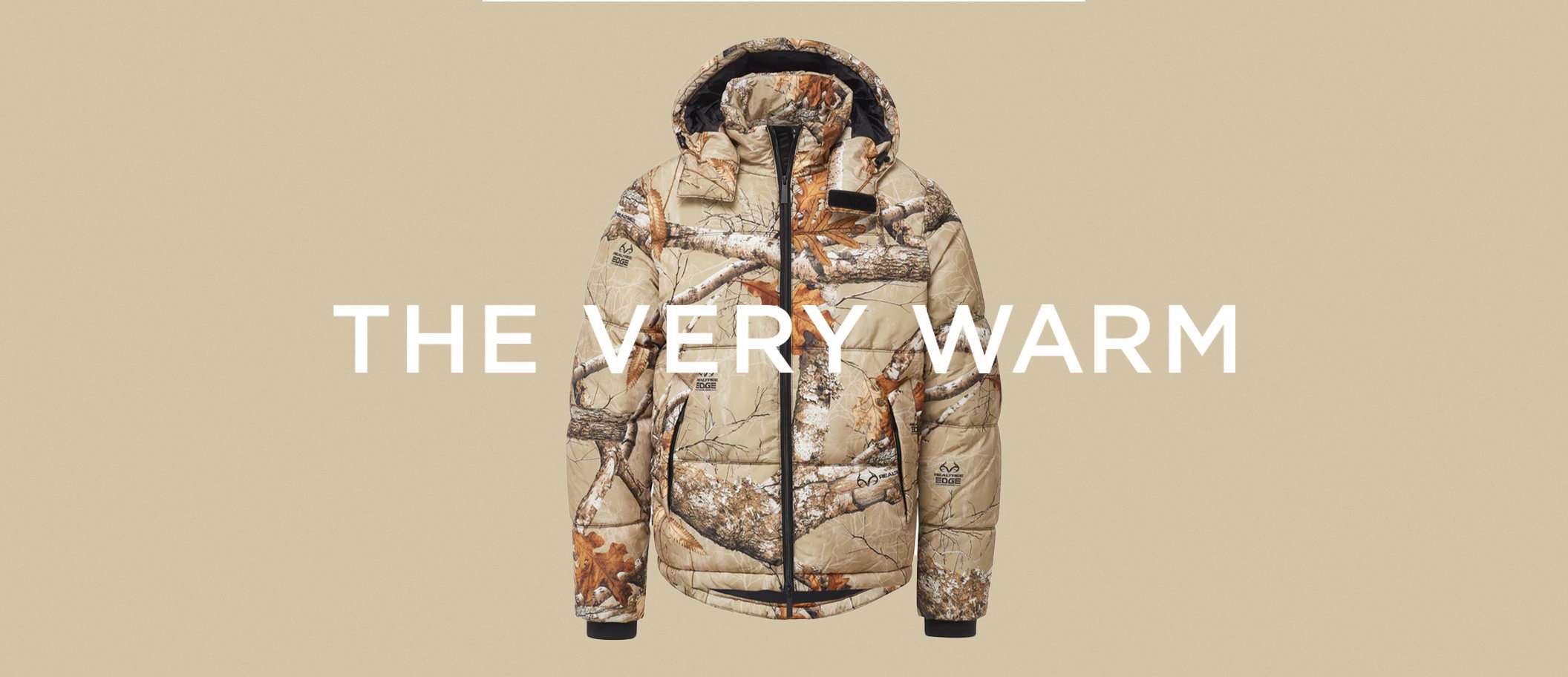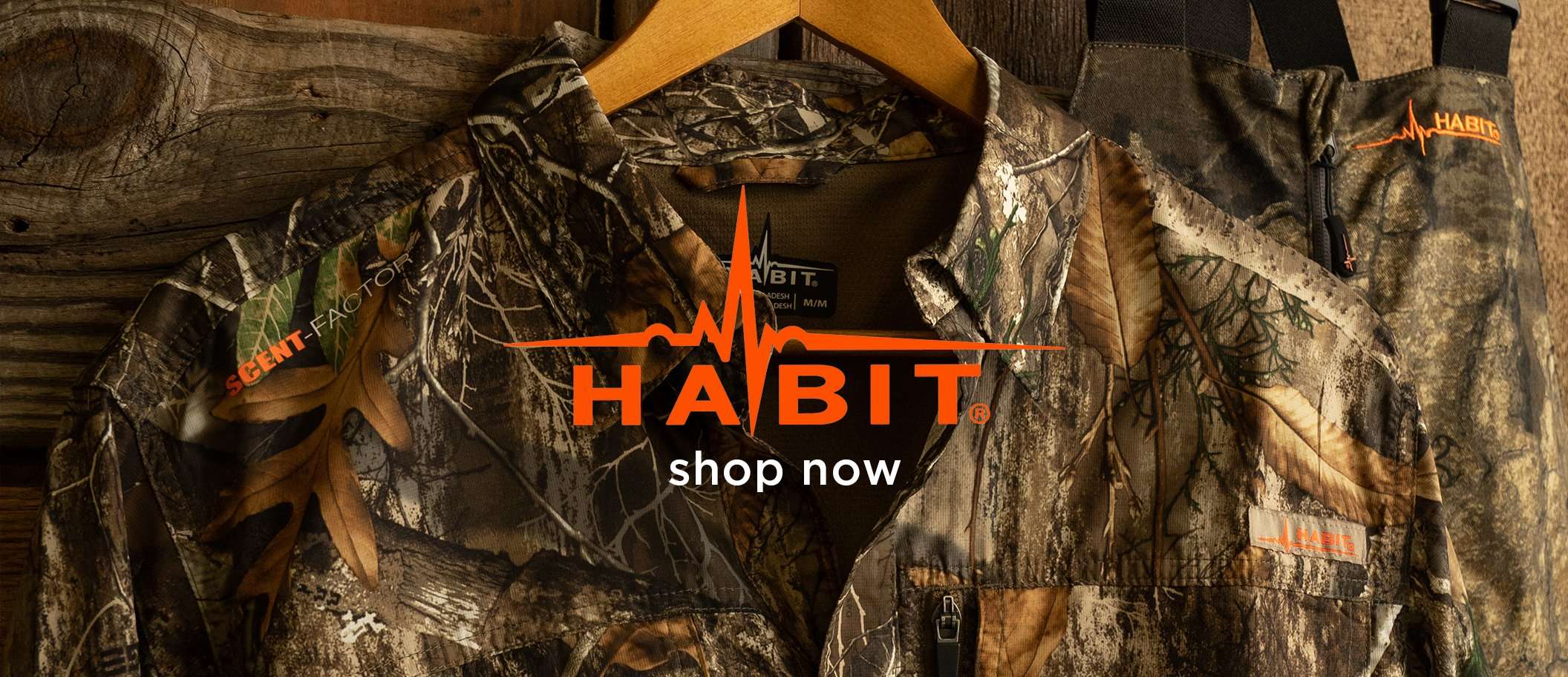Lunar theories sound great, but the truth about the moon and big bucks might surprise you
The moon has been at the center of deer hunting debates for decades — maybe even centuries. But does the moon actually affect deer? What do the experts say? What does research show? Let’s shed some light on three of the biggest deer hunting questions surrounding the moon.

The moon might affect deer in some ways, but the impacts aren’t very measurable. Image by Dennis W Donohue
The Question: Does the Moon Affect Rut Dates?
The claim: Some sources and hunters adamantly state that moon cycles affect rut dates. Folks who share and support this theory believe that rut dates vary from year to year according to when full moons occur in fall. They call the first full moon after the autumn equinox “the rutting moon.”
The research: Although other aspects of the moon’s effects are more obscure, research clearly indicates that the moon does not affect annual rut dates. Rather, in the northern half of the United States (and Canada), photoperiod — or daylight length — triggers the rut. The southern half of the country is controlled by several factors, many of which aren’t quite as understood yet.
“We have countless research studies that shows the science is straightforward,” said Brian Murphy, HuntStand biologist. “The moon does not impact does entering estrus.”
Many research efforts to back-date fawn fetuses from harvested does show the rut dates within a specific area do not fluctuate from year to year. Dates are consistent.
Don’t Miss: 81 WAYS TO FAIL AT DEER HUNTING
The Question: Do Moon Phases Affect Daylight Deer Movement?
The claim: Some sources and hunters believe that moon phases affect daylight deer movement year-round. According to them, deer might move more or less during full- and new-moon phases because of the volume of light on the nighttime landscape.
The research: The data is quite conflicting about whether moon phases affect daylight deer movement. However, even if they do, the data suggests the effects aren’t very significant.
“If the moon has an impact, it’s probably not particularly strong,” Murphy said. “We have radio-collared bucks and telemetry with many data points per day. We can monitor everything. Some research shows a slight correlation with movement at night under a full moon and decreased movement under a new moon. But I can show other studies that show no correlation at all.”
However, Murphy believes it has at least some effect.
“I’d be foolish to think that under a full moon, deer can’t see better and avoid predation easier,” he said. “But it isn’t enough evidence here to convince me to take vacation days.”
The Question: Does the Moon Overhead/Underfoot Positioning Affect Daylight Deer Movement?
The claim: A relatively new claim — or at least newer — is that the moon’s overhead and underfoot positionings spark deer to move. When these occur closer to dawn and dusk, it can especially provoke deer to get on their feet and move more during daylight. The most notable source of this information is the Moon Guide.
The research: According to Murphy, he hasn’t seen any research that supports or denies this claim. But Adam Hays, head honcho at the Moon Guide, said deer movement aligns with what he calls “red-moon” days.
“There are two very significant times every day when the moon is actually closer to the Earth than any other time of the day,” Hays said. “It’s during this peak time that the moon has the most gravitational pull on the Earth. This pull triggers animals and fish to feed. There are only a handful of days each month when these peak activity times occur at prime time when deer normally want to move anyway. This short window of opportunity is what we refer to as the red moon.”
Conclusion: Pretty Much Everything Trumps the Moon
All things considered, the moon might play a role in deer movement. However, other factors likely hold far more sway over deer activity. Typical dawn and dusk movement. Important weather events (cold fronts and rain events, for example). A lack of pressure during the early season. Predictable rut timelines during fall. Waning food sources and decreasing temperatures in winter that force deer to move. Hunters should likely give more weight to those considerations. Then if you want to pay attention to the moon, factor in its worth — within reason — too.
Another Opinion: Don’t Kid Yourself: Weather and Moon Matter for Deer Hunting











